Rules for biorevitalization in the eye area
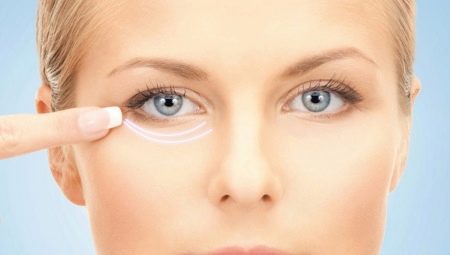
Research in the field of cosmetology does not stand still, every year more and more procedures appear to prolong the youthfulness of the skin. One of the most popular among women lately is biorevitalization. A slowdown in the processes of skin regeneration can be noticed already after 25 years, at this age, the extinction of the skin's own production of hyaluronic acid occurs. In addition to age-related changes, external environmental factors, unhealthy diet, and heredity have a negative effect on the skin. The main area in which changes are noticeable even in young women is the area around the eyes. That is why the biorevitalization of this area is most popular.
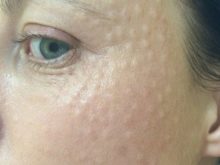
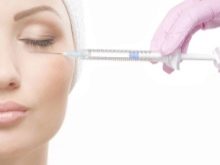
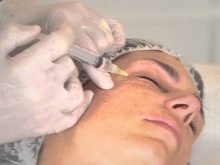
What is biorevitalization?
The preparation for biorevitalization consists of hyaluronic acid, peptide and vitamin complexes, as well as epidermal growth factor. All this combination of the strongest anti-aging agents literally stops the aging of cells, enhances the regenerating properties of the skin, and cells can again divide at the speed of young people.
After the use of drugs for biorevitalization, the natural processes of cell regeneration are activated, which allows the skin self-rejuvenation mode to function for a while.
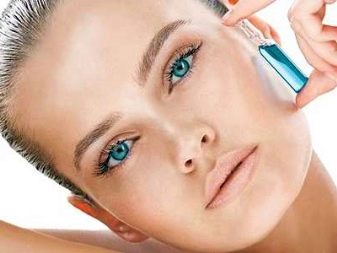
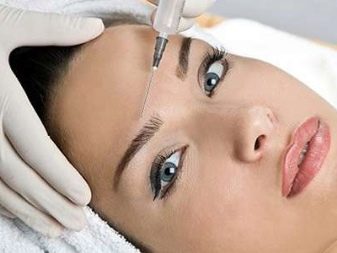
The role of hyaluronic acid is difficult not to appreciate, it helps to retain moisture in skin cells, is responsible for the body's production of collagen and elastin, which are responsible for the elasticity of the skin. The use of hyaluronic acid allows you to make your face smooth in a natural way.But external agents with hyaluronic acid in the composition cannot penetrate into the deep layers of the skin and act only on its surface. That is why biorevitalization is carried out by injecting a drug based on this substance into the deep layers of the dermis.
From the point of view of injection zones, this procedure is universal. Biorevitalization can be performed on any problem area, be it the hands, scalp or even thin skin around the eyes. The drugs injected during the procedure are synthetic, so the likelihood of rejection is low. For successful delivery of the product into the deep layers of the skin, laser irradiation is additionally used.
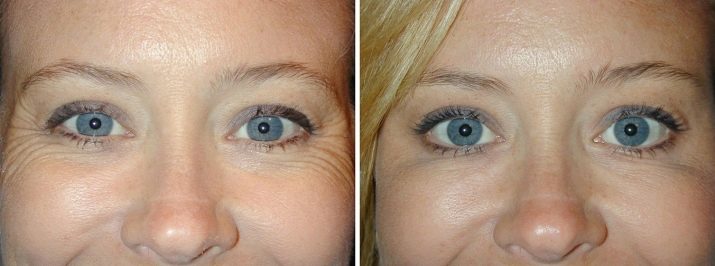
Differences between mesotherapy and biorevitalization
In addition to biorevitalization, mesotherapy is one of the most popular and similar procedures. It is also carried out by the injection method, so the 2 procedures are often confused.
There are several main differences.
- Sessions in the course of mesotherapy are carried out more often than in biorevitalization. This is necessary to maintain the effect and for preventive purposes.
- The duration of the effect after biorevitalization is very individual, depending on the condition of the skin and the patient's age, this indicator ranges from six months to 2-3 years. The effect of mesotherapy lasts about six months, after which prophylaxis is needed.
- Biorevitalization gives results faster, mesotherapy keeps it longer.
- During biorevitalization procedures, a preparation based on hyaluronic acid is introduced, which triggers natural metabolic processes in the skin. Mesotherapy injections contain vitamins and minerals.
- Mesotherapy injections are injected under the skin more deeply than with biorevitalization, and also with a greater frequency.
Only a qualified cosmetologist will be able to choose the optimal choice in favor of one of these procedures.

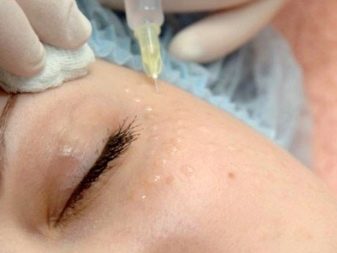
Indications for biorevitalization of the area around the eyes
What are the signs that you can understand that you need a biorevitalization procedure? First of all, the condition of the skin can be assessed only by a competent cosmetologist who can prescribe the correct number of procedures for the areas of the body you need.
The beautician evaluates the skin around the eyes according to the following indicators:
- the presence of facial wrinkles;
- the presence of puffiness;
- overhanging and laxity of the eyelids;
- the presence of "crow's feet";
- the severity of pigmentation;
- rosacea;
- bruises, circles and bags under the eyes.
As for the age after which it is possible to use biorevitalization, the borderline is 25 years.
After this age, focusing on the condition of the skin, it is possible to carry out procedures aimed at preventing premature aging.
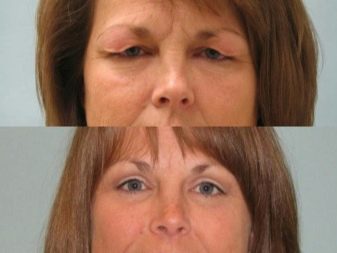

Contraindications
The biorevitalization procedure has a number of contraindications:
- pregnancy and the period of breastfeeding;
- intolerance to hyaluronic acid or other components of the injected drug;
- oncological diseases;
- herpes during an exacerbation;
- the formation of hypertrophic scars;
- problems with blood clotting;
- phase of exacerbation of any chronic diseases;
- problems with the tolerance of laser radiation;
- diabetes;
- dermatological diseases of the area of the procedure;
- endocrinological diseases.

Biorevitalization methods
The biorevitalization procedure can be carried out in one of two ways - injection or non-injection. Injection of drugs is a more radical method compared to the second. The points of injection of the product are determined by the cosmetologist before the procedure, depending on the problem areas. As for the recommendations, on the day of the procedure, it is advisable to reduce the amount of fluid consumed in order to subsequently reduce the severity of edema after injections. It is also possible not to apply cosmetics before going to the beauty parlor, since you still have to remove the makeup before the procedure.
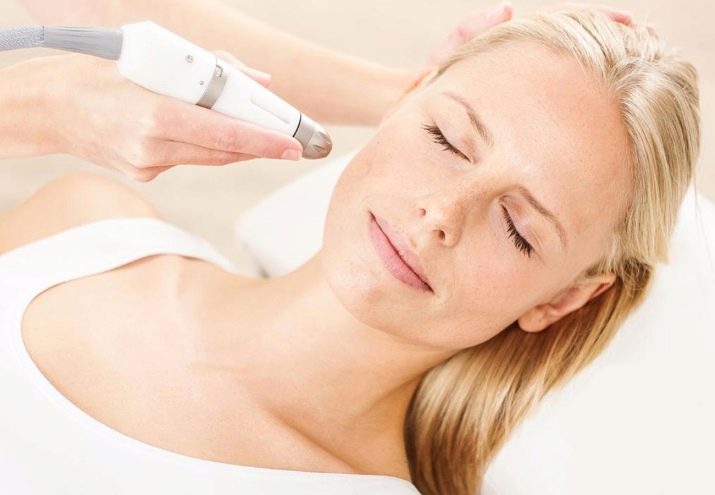
At your request, the beautician can apply topical pain relievers based on lidocaine. The drug will be injected with a microscopic needle in micro doses. The syringe and injection needle must be brand new, sterile and carefully packed.
After the procedure, a number of skin care recommendations will need to be followed for several days:
- do not apply cosmetics for 6-8 hours after the procedure, to allow the skin to calm down;
- exclude exposure to ultraviolet rays for 2 weeks;
- bath, sauna, pool are excluded for 1 week;
- Do not take hot showers and baths for 2 days.
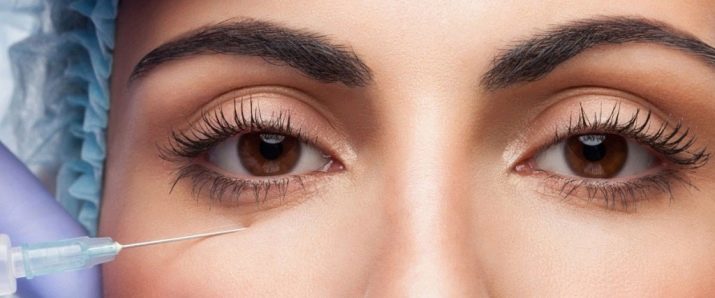
The courses of injection biorevitalization are rather short, usually 1-2 visits to the beautician are enough.
The injection-free biorevitalization technique is carried out without piercing the skin. Special goggles are put on the eyes to protect them from exposure to laser beams. First, the skin is treated with pulsed laser radiation in order to open the channels leading to the deep layers of the skin. A gel with hyaluronic acid is applied to problem areas. Further, the required area of the skin is again processed with laser radiation. It transports hyaluronic acid molecules to the epidermis. The rest of the product is removed by the beautician and applies a nourishing mask.
The effect is noticeable after two procedures, but the beautician can prescribe a longer course of biorevitalization, up to 10 times. This method is used for minor skin changes; the procedure itself is absolutely painless and safe.
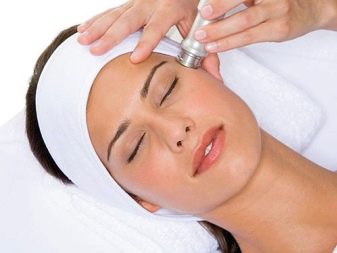
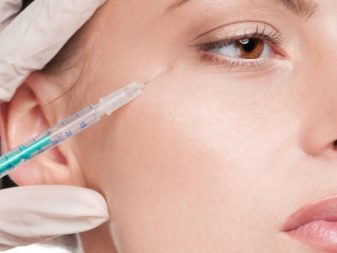
Side effects after biorevitalization
After injection biorevitalization, you can notice side effects:
- the appearance of papules, these are small swellings at the puncture sites;
- bruises;
- puffiness of the eyes.
In order to get rid of these unpleasant phenomena, you do not need to use any special means, they themselves will disappear. You can only give advice - drink less fluids, eat less salty and spicy foods and limit alcohol consumption.
These guidelines will help speed up your recovery from your procedure.

Popular preparations for biorevitalization
All preparations for biorevitalization are similar to those that contain hyaluronic acid. The only difference is the type of hyaluronic acid, it can be natural or synthesized. It can also be noted that in different preparations, you can find different concentrations of the active substance. It is better to choose those where the concentration of hyaluronic acid does not exceed 8 mg per 1 ml of solution.
Popular drugs for biorevitalization are as follows.
- IAL-System. A preparation based on natural hyaluronic acid. Used by cosmetologists quite often, it is well suited for smoothing mimic wrinkles, "crow's feet", for thinned and dry skin. But the side effects after the procedure can persist for quite a long time.
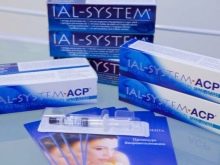
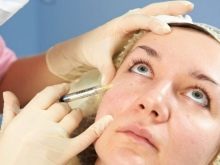
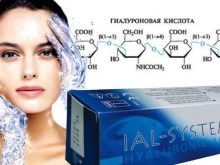
- Viscoderm. Allows for fewer injections compared to other drugs, which is important in the area around the eyes to reduce the likelihood of papules and edema.
- Restylane Vital. Quite a popular drug, it is distinguished by its versatility.
- Revitacare. A preparation based on synthesized hyaluronic acid and a vitamin complex. It has a pronounced antioxidant and regenerating effect.
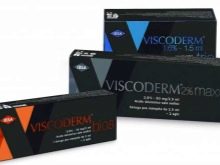

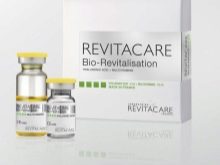
Reviews
Women attending biorevitalization procedures for the area around the eyes note that the positive effect is noticeable after 1-2 procedures. After a full course of injections prescribed by a cosmetologist, all those who apply will get rid of such problems as bags and bruises under the eyes. The skin condition improves, it becomes more elastic, crow's feet are reduced, the look becomes fresher and more open.The disadvantage of the procedure is its some soreness during injections, side effects in the form of papules and a short time during which the effect lasts - on average about a year
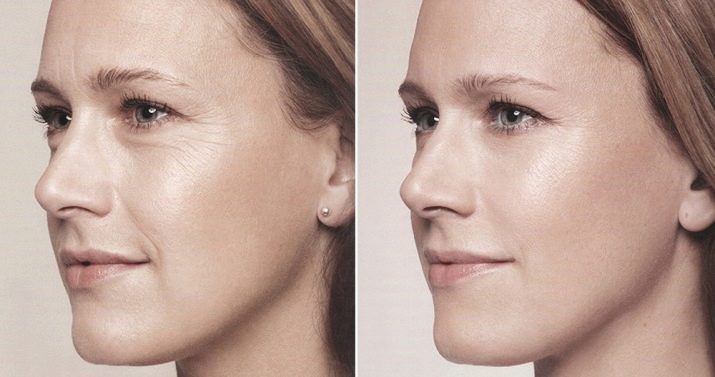
You will learn more about how to carry out biorevitalization in the eye area in the following video.








